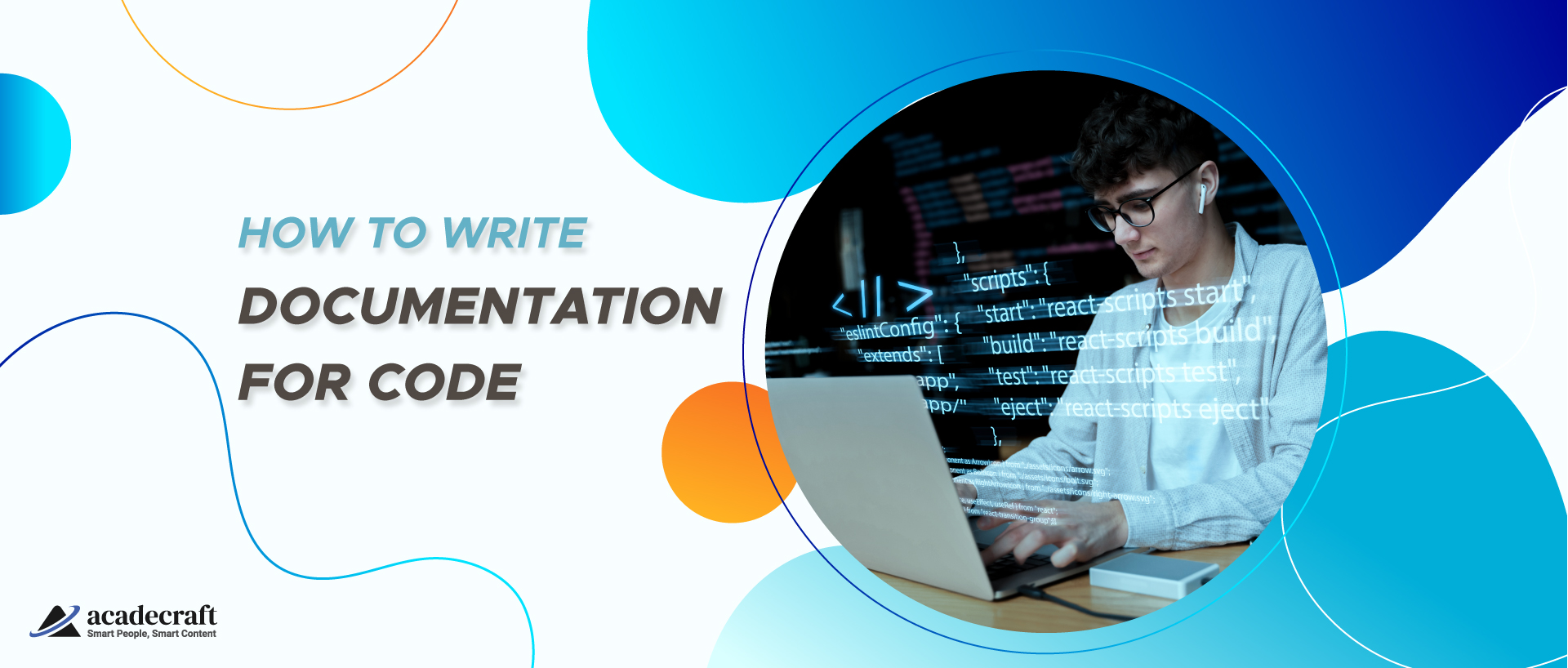
Writing code documentation is critical to software development, yet it is often underestimated or neglected. Effective documentation is the bridge that connects the intricate world of programming with the broader community of developers, stakeholders, and end-users. It is a valuable resource that facilitates understanding, collaboration, maintenance, and further development of software projects.
Code documentation, at its core, is about providing clarity and context. It guides readers through the codebase, helping them understand the purpose, functionality, and usage of various components, classes, methods, and variables.
Code documentation matters because it is a vital bridge of experience in the software development process. It enables developers to comprehend and work with code efficiently, facilitating collaboration and reducing debugging time. Clear documentation also eases the onboarding of new team members and enhances the software's maintainability. For end-users, it ensures a user-friendly experience and minimizes errors. Code documentation is indispensable for effective communication, collaboration, and the long-term success of documentation for software projects.
As projects grow, so do development teams. New members join, and they often face a steep learning curve. Code documentation eases this onboarding process. It provides newcomers with the necessary background information, reducing the time it takes to become productive contributors to the project.
Bugs are an inevitable part of software development. Documentation that describes the code's intended behavior helps identify and fix bugs more efficiently. Moreover, good documentation is indispensable for maintaining and updating code. Without it, even minor changes can lead to unforeseen consequences.
Documentation not only benefits the immediate project but also facilitates code reuse. Well-documented code can be a valuable resource for other projects or developers within the organization, saving time and effort.
Code often has a longer lifespan than we initially anticipated. It may need to be maintained for years, and the original developers may no longer be available. Documentation is key to keeping the codebase alive and functional in such scenarios.
Despite the numerous benefits of code documentation, there are common pitfalls and challenges that developers and teams may encounter. Understanding these pitfalls is crucial for mitigating them effectively. Here are some of the most common documentation pitfalls:
Code documentation comes in various forms, each serving a specific purpose in software development. Here are the primary types of code documentation:
In-code documentation consists of comments and annotations embedded directly within the source code. This type of documentation allows developers to understand the code's functionality and purpose. Common forms of in-code documentation include:
External documentation is created separately from the source code and provides a comprehensive software functionality guide. It is designed for developers, testers, and other stakeholders. External documentation includes:
User documentation provides information for end-users to use the software effectively. It includes:
API documentation is essential for developers who want to interact with your software programmatically. It explains how to use the software's API, including endpoints, request/response formats, and authentication details. Common elements of API documentation include:
Now that we understand the importance of code documentation and the various types, let's delve into how to write documentation for code by knowing the best practices for writing effective documentation:
Before you start writing code documentation, selecting the right tools to make the process efficient and effective is essential. Here are some tools commonly used for writing code documentation:
Markdown is a lightweight, easy-to-learn, and widely supported markup language. It's used for creating well-structured, plain-text documentation that can be easily converted into various formats, such as HTML or PDF.
Documentation generators can automatically create documentation from in-code comments or structured text files. Popular documentation generators include Doxygen (for C/C++), Javadoc (for Java), and Sphinx (for Python).
Many modern IDEs offer features for documenting code directly within the custom elearning development solutions. These tools often provide code completion for comments and make it easier to generate documentation templates.
Selecting the right tools depends on your project's specific needs, the programming language you're using, and your team's preferences.
Writing code documentation is an integral part of software development. Whether in-code comments, external documentation, user manuals, or API guides, documentation ensures that your code is accessible, maintainable, and understandable by a broad audience. By following best practices and using the right tools, you can create documentation that adds value to your project and supports the success of your software.
Remember that documentation is not a one-time effort but an ongoing process. Regular updates, reviews, and feedback from your team and users will help you maintain high-quality documentation that serves its purpose effectively. Start by implementing these practices, and your code will be well-documented, facilitating better collaboration, reducing debugging time, and enhancing the overall user experience.
Share